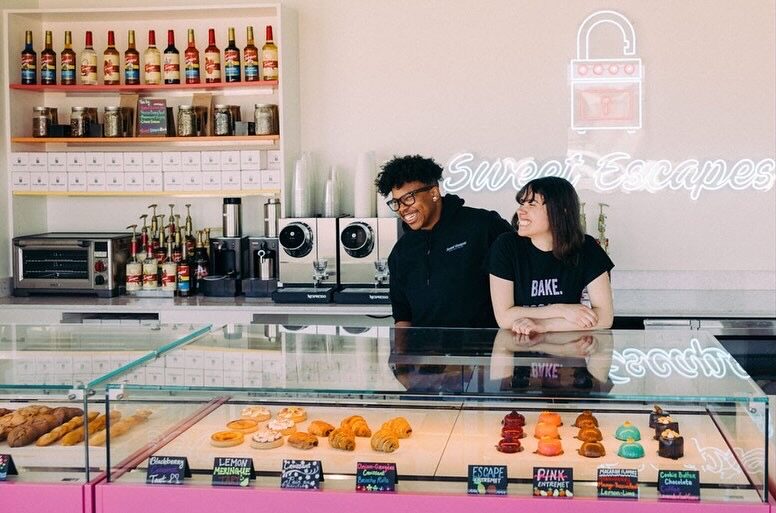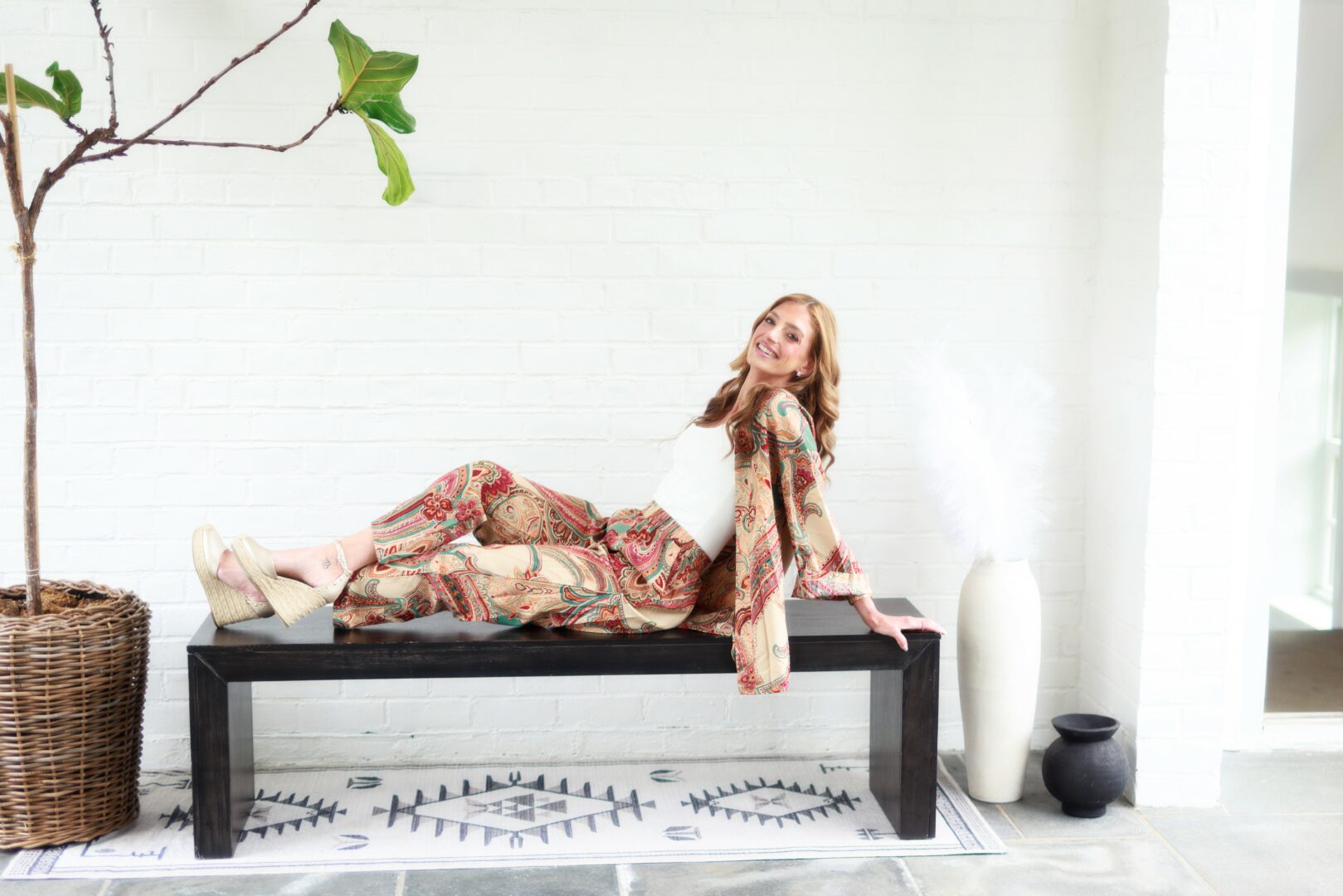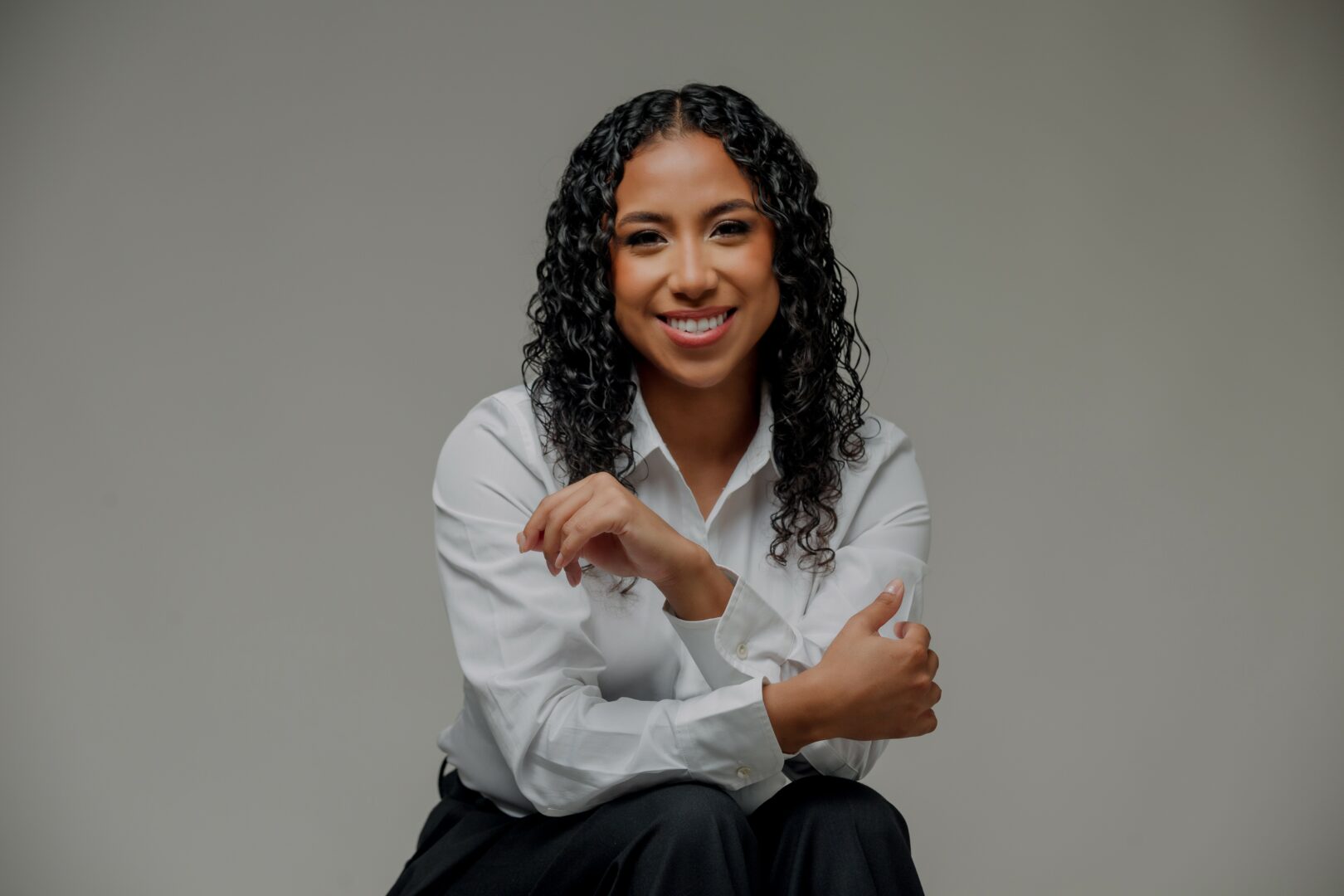Alright – so today we’ve got the honor of introducing you to Liz The Artiz. We think you’ll enjoy our conversation, we’ve shared it below.
Liz, we are so appreciative of you taking the time to open up about the extremely important, albeit personal, topic of mental health. Can you talk to us about your journey and how you were able to overcome the challenges related to mental issues? For readers, please note this is not medical advice, we are not doctors, you should always consult professionals for advice and that this is merely one person sharing their story and experience.
My boldest risk in pursuit of artistic goals came when I quit my job as a vegan cook to pursue art full-time. The stakes were enormous, especially as a disabled and mentally ill person. LGBTQ+ individuals are estimated to make up 20-40% of the homeless population, despite representing only about 7% of the general population. Neurodivergent individuals face unemployment rates as high as 30-40%, significantly higher than the general population. While precise statistics are limited, studies suggest that autistic adults are at a significantly higher risk of homelessness. One study found that 12% of people in a homeless outreach service were on the autism spectrum, compared to about 1% in the general population. These are only some of the relevant statistics.
So I found myself between homes with my two dogs, freelancing as a dancer and relying heavily on my support circle. I’ve experienced being a literal starving artist. However, my artistic goals extend far beyond just creating pieces. They’re anti-capitalist in nature, focused on ensuring I remain a human being, not just a human doing.
My vision is to live an artistically planned existence that’s efficient yet allows room to find beauty in abstract moments. The most significant risk—and the greatest loss I could suffer—would be losing myself, my values, or my spirit in this pursuit.
My journey embodies the idea of “living life boldly” in several ways. I’ve pursued art full-time despite disabilities and mental health challenges, demonstrating courage in the face of uncertainty. By challenging societal norms, I’ve prioritized artistic expression and personal growth over conventional career paths. Even during difficult mental health periods, I’ve continuously pushed creative boundaries and explored new artistic techniques. Through my art and lifestyle choices, I’ve advocated for anti-capitalist, vegan, and pro-SW values, standing up for my beliefs despite potential criticism. By facing these risks and challenges head-on, I’ve chosen to live boldly, using my experiences to create meaningful art and inspire others facing similar struggles.
I experience extended periods of doubting my interest in art. Sometimes my mental state deteriorates to the point where I can’t recall what brings me joy. During these times, creating art feels like a tedious, unnecessary burden. The truth is, it can be a burden—but it’s never unnecessary. When my depression is so severe that selecting socks from my drawer is painful, putting them on is undoubtedly burdensome in that moment. As far as I’m concerned, the only version of me that exists is the present one. My creative process is a crucial healing method that I aim to remember constantly, yet often fail to. The further I drift from my art, the worse I feel and the less I remember its importance.
Art affects mental health too.
Discovering moments of mindfulness in my process has provided an escape without dissociation. However, losing this mindfulness at any point can quickly lead to forgetting to sit down and rediscover that mindfulness.
After creating art, I find the most powerful strategy is to immerse myself in artistic creations around me. Relating to other artists at a safe distance has been incredibly healing and accessible for me. The “Never Catch Me” video by Flying Lotus and Kendrick Lamar resonates deeply with my experiences of grief and dissociation, while also reminding me of the importance of optimism and embracing my inner child. Billie Eilish’s “NDA” video speaks to my struggles with anxiety and feelings of isolation, but also inspires me to challenge my fears and build trust. Lastly, “I Say No” from Heathers has been a powerful anthem in my journey of overcoming narcissistic abuse and shame. These works of art have been like companions, helping me process complex emotions and reminding me that it’s okay to set boundaries and choose positivity. They’ve shown me that art can be a mirror, reflecting our struggles, but also a window, offering new perspectives and hope. We are the company we keep, or something like that, right?
I find inspiration in diverse forms, from provocative street art addressing societal issues like poverty and inequality, to lighthearted memes that resonate with our daily struggles. It reminds me that art exists beyond traditional spaces, reflecting our shared experiences. This wider view offers comfort and inspiration, especially during mental health struggles, connecting me to a larger creative community.
My mental health profoundly influences my approach to achieving my vision—and sometimes even determines whether I have a vision at all. At times, I feel so out of control in my own body that I crave control and structure in my craft. For instance, during creation of my piece “Untitled (the one with the bubbles),” I was emotionally devastated and lacked the mental capacity for devising an elaborate structure. However, I had a wealth of complex feelings to express on canvas. I found control in the deliberate order and limitation of color choices.
Each time I set the canvas down wet and picked it up dry, I would change colors. Each new hue granted me permission within my self-imposed structure to explore a new artistic texture with brush and paint, if I felt ready to deviate from my comfortable rhythm. Similar to EMDR therapy, this process of checking in and evaluating my mental path—dancing with the meditative repetition of color, shape, and brushstrokes—can be profoundly healing for me.
Overall, sharing my story through art has not only facilitated my personal growth but has also created a ripple effect of empathy, understanding, and connection within my artistic community and beyond. My openness has encouraged others to share their stories, creating a supportive community around mental health awareness. This vulnerability in my art has attracted like-minded individuals, leading to more authentic and meaningful relationships. Moreover, by discussing mental health through art, I’ve contributed to normalizing these conversations and reducing stigma. This approach has fostered a more inclusive and understanding environment, where people feel comfortable expressing their own struggles and supporting one another.
I would tell aspiring artists to remember that art itself is not the aspiration—it is inevitable. Lean into that for all the reasons I mentioned before, have mantras for yourself, surround yourself with artists, and body double with creatives.
Mantras for struggling artists:
1. “Create, especially when it hurts.”
2. “Perfection is the enemy of good.”
3. “My struggle fuels my art.”
4. “I create, therefore I am.”
5. “My creativity is infinite.”
Make art, especially when you don’t feel like it. Remember, every moment can be turned into art. Turn every moment into art. View your life as an elaborate painting in the works and fearlessly add a mark on the canvas, knowing you can make something beautiful out of absolutely nothing.


Appreciate the insights and wisdom. Before we dig deeper and ask you about the skills that matter and more, maybe you can tell our readers about yourself?
As an artist, I embrace a diverse range of styles and materials in my work.
My art spans Realism, Expressionism, and Abstract, often incorporating elements of Pop Art and Surrealism. I work with watercolors, acrylics, pencils, and mixed media, including collage and ink.
Experimentation is key to my creative process. It keeps my work vibrant and engaging. Currently, I’m delving into Art Nouveau, Film Noir, and Romantic Realism, while also deepening my exploration of Surrealism.
My goal is to create genuine connections through my art. I exist as an artist with honesty and openness, hoping my work resonates with viewers on a personal level.
Art is one of my lifelong passions. The act of creation brings me constant joy, and I draw endless inspiration from fellow artists. Choosing art as a career offered me a unique path, distinct from traditional roles that left me depressed and unfulfilled. Most crucially, it serves as a powerful outlet for processing personal issues, allowing me to express and navigate my emotions through my work.
My art is deeply personal, often reflecting my experiences with mental health and life lessons. Over time, my work has evolved—once darker during my struggles, it’s now infused with more fun and whimsy.
I’m buzzing with excitement over several new projects. I’m set to showcase my work at the Portland Pancakes & Booze art show, reaching a wider audience. I’m also creating illustrations for a graphic novel, pushing my storytelling skills in new directions. The Aut Retreat, a project close to my heart, is getting an update. And to top it off, I’m launching a new website to better display my portfolio and connect with art lovers and potential clients.


There is so much advice out there about all the different skills and qualities folks need to develop in order to succeed in today’s highly competitive environment and often it can feel overwhelming. So, if we had to break it down to just the three that matter most, which three skills or qualities would you focus on?
Based on my journey and experiences with mental health, I believe the three most impactful qualities, skills, or areas of knowledge are:
**Resilience:**
The ability to persist in the face of challenges, setbacks, and mental health struggles has been crucial.
Advice: Practice self-compassion, celebrate small victories, and view setbacks as opportunities for growth.
**Artistic Experimentation:**
Willingness to explore diverse styles and mediums has enriched my work and helped me process emotions.
Advice: Don’t be afraid to try new techniques or styles. Each experiment is a learning opportunity, even if it doesn’t result in a finished piece.
**Self-Awareness:**
Understanding my mental health needs and how they influence my art has been vital.
Advice: Regularly reflect on your emotions and how they manifest in your work. Consider journaling or therapy to deepen this understanding.
To develop or improve on these areas:
– Engage in daily creative practices, even during difficult periods
– Seek out a supportive artistic community for encouragement and feedback
– Educate yourself about mental health and its intersection with creativity
– Set realistic goals and celebrate progress, no matter how small
– Remember that your unique experiences and perspective are valuable to your art


Awesome, really appreciate you opening up with us today and before we close maybe you can share a book recommendation with us. Has there been a book that’s been impactful in your growth and development?
“Unmasking Autism” by Devon Price, Ph.D. is a groundbreaking book that explores various aspects of autism and its impact on individuals and society. The book delves into the concept of “masking,” where autistic individuals hide their traits to fit in with neurotypical expectations. It examines the intersectionality between autism and other identities, including race, gender, sexuality, mental illness, and disability. Price provides valuable strategies for autistic individuals to embrace their authentic selves and offers insights into autistic burnout and its causes. Additionally, the book provides guidance for creating more inclusive and accommodating environments, promoting a better understanding and acceptance of neurodiversity in society.
Impactful quotes:
“Unmasking isn’t about changing who you are. It’s about changing how you relate to yourself.”
“Autism isn’t something a person has, or a shell that a person is trapped inside. There’s no normal child hidden behind the autism. Autism is a way of being.”
“Stimming isn’t just a coping mechanism – it’s a form of self-expression and joy.”
Contact Info:
- Website: https://dizzylizardart.com
- Instagram: https://instagram.com/dizzy_lizard_art
- Facebook: dizzy lizard art


so if you or someone you know deserves recognition please let us know here.




